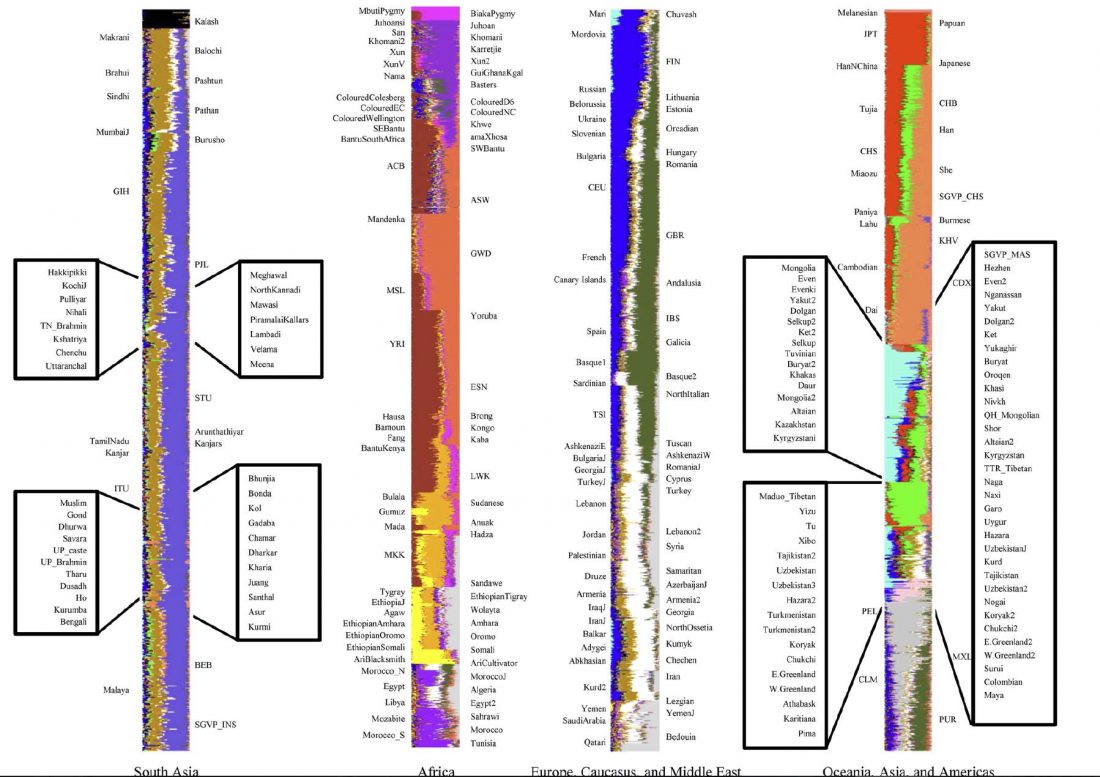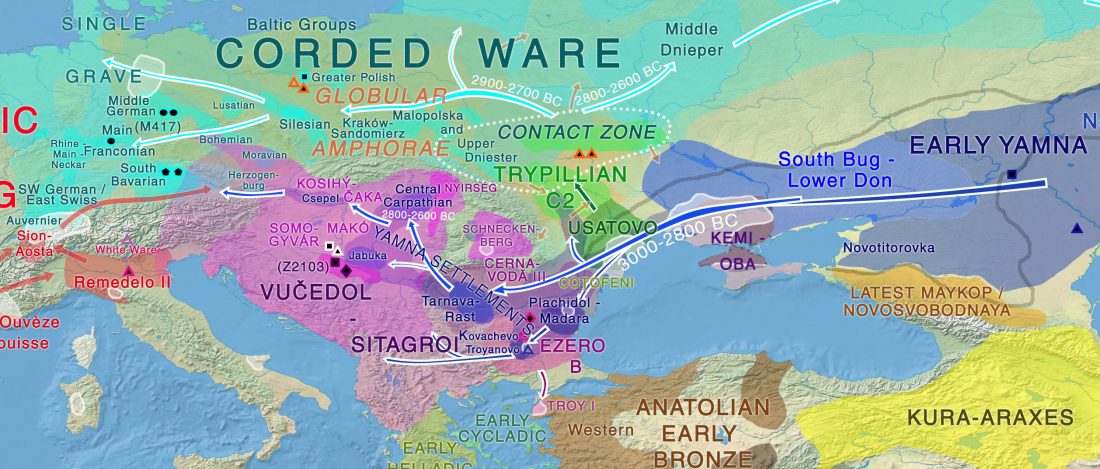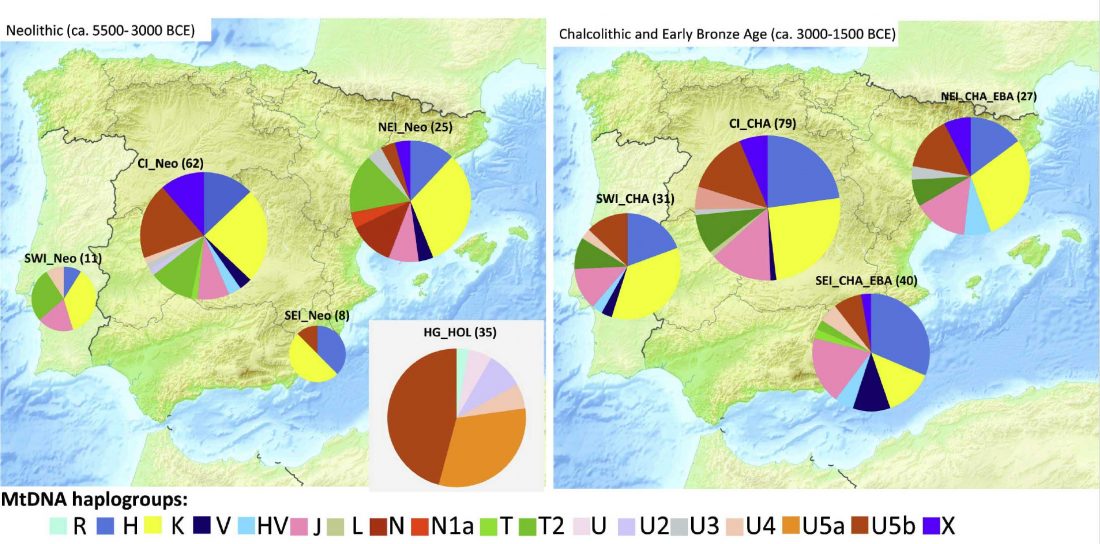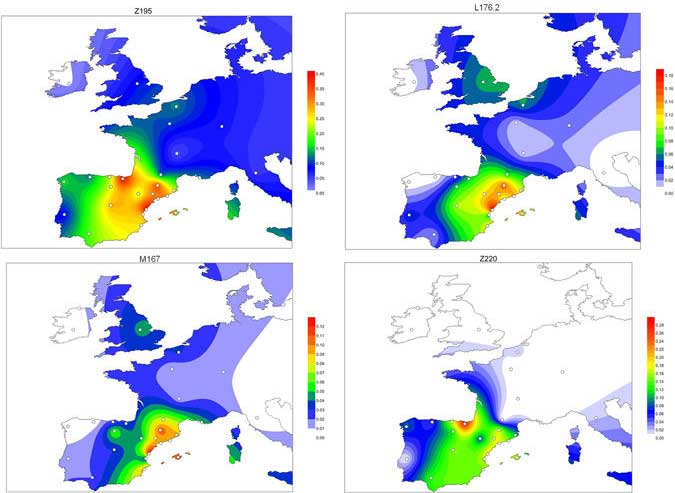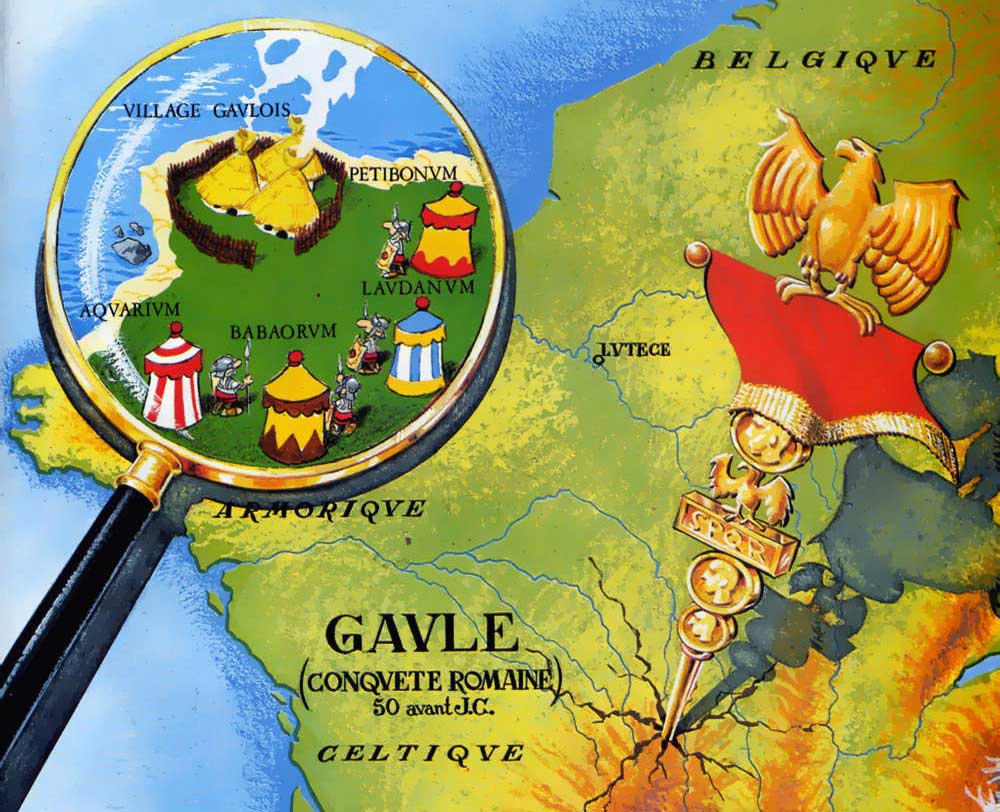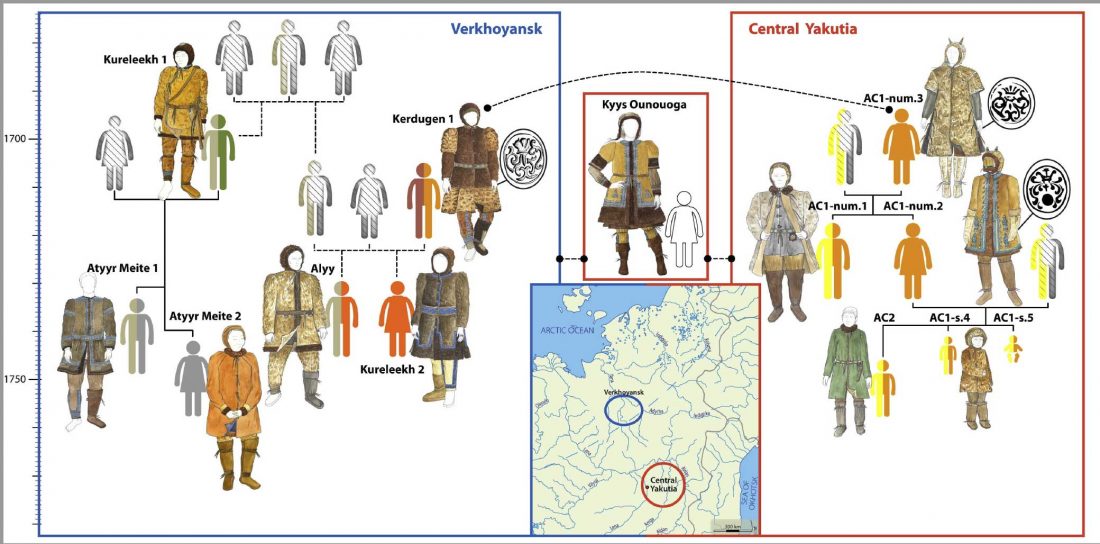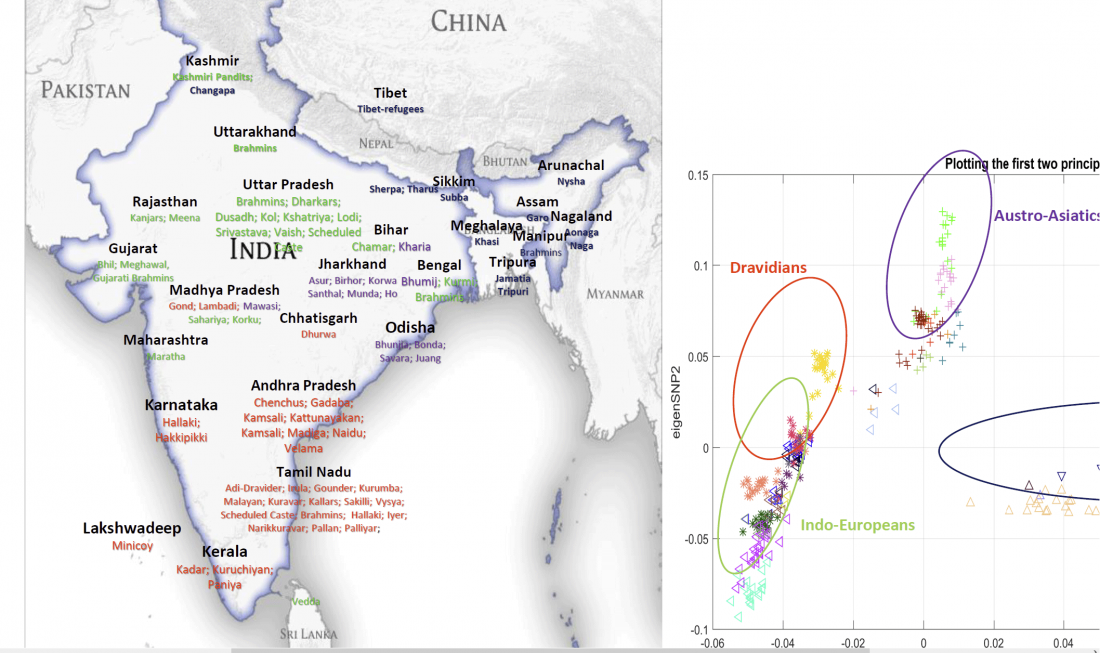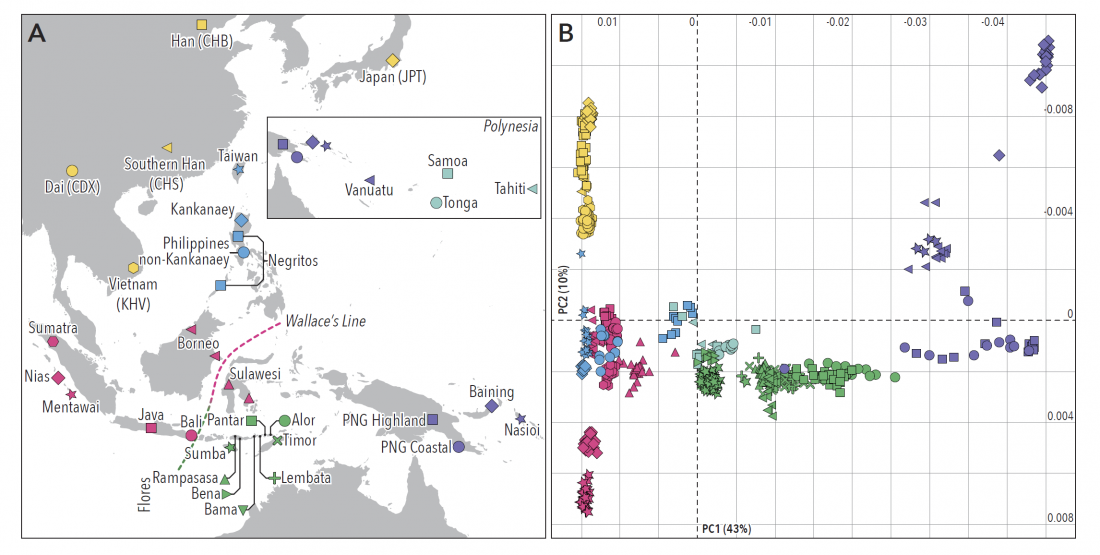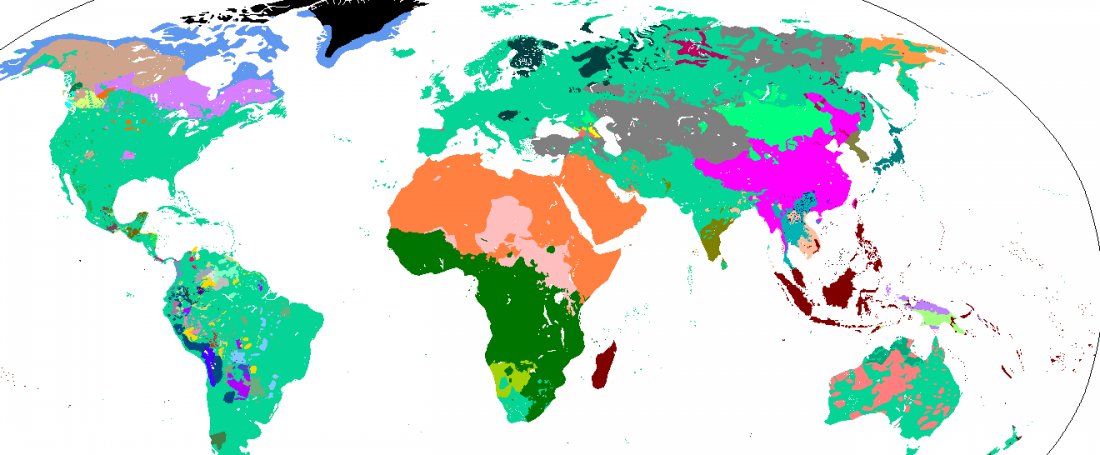Human ancestry solves language questions? New admixture citebait
A paper at Scientific Reports, Human ancestry correlates with language and reveals that race is not an objective genomic classifier, by Baker, Rotimi, and Shriner (2017).
Abstract (emphasis mine):
… Read the rest “Human ancestry solves language questions? New admixture citebait”Genetic and archaeological studies have established a sub-Saharan African origin for anatomically modern humans with subsequent migrations out of Africa. Using the largest multi-locus data set known to date, we investigated genetic differentiation of early modern humans, human admixture and migration events, and relationships among ancestries and language groups. We compiled publicly available genome-wide genotype data on 5,966 individuals from 282 global samples, representing 30 primary language families. The best
